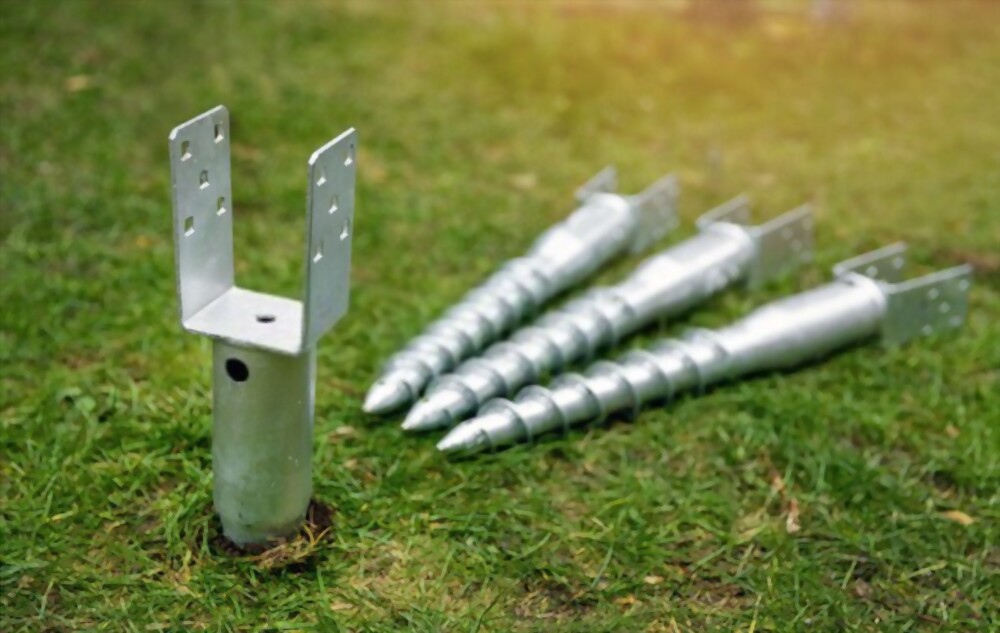The strong foundation defines the strength of the building. Here we will be focusing on the screw pile foundation. Screw pile, as the name shows, works on the principle of installing screw into the wood. Screw pile is a deep foundation that doesn’t take a lot of time for installation. The installation of screw pile can be done without much noise. This type of foundation is good for different type of soils and works well in the earthquake zones. This is also one of the most effective noiseless method in laying the foundation of a building. The helix and the shaft and the spicing collar are some of the components that are kept in proper condition for allowing the screw pile to work efficiently.

Working of the screw pile:
Before you get to know other details about screw pile foundation, you must know that they are made of hollow steel sections. For easier penetration, they come with helices. They screw pile penetrate down the soil with the help of helices that are present on the screw pile. These are designed to suit different ground conditions. There are different ways to check the quality of an earthquake-prone soil and with the screw piles one can check if the soil is only about compression or about compression and tension.
One of the common questions that arise when we talk about the screw pile foundation is whether they corrode or not. Steel is prone to corrosion, but that the issue can be addressed by:
Sacrificial corrosion: One of the ways to combat this is by sacrificial corrosion. It is a predetermined rate of corrosion based on the Australian piling code AS2159.
What are the engineering requirements for the screw pile foundation?
As mentioned in the beginning, the building's foundation plays a key role in enhancing the strength of the building. If you are going ahead with the screw pile foundation, there are certain basic engineering requirements.
1. Building plan- The first parameter that you must take into account is the building parameter. It will help to decide how many piles are needed for a particular building.
2. You need to check if the soil is a soft layer, a hard layer or both. Accordingly you need to choose the screw pile foundations.
3. Design Loads- It impacts the size of the helix and type of shaft.
Working of the screw pile:
By now, you have gathered enough information about the secure pile foundation. The next question that pops up is the installation of the screw pile foundation. For this, the contractor uses hydraulic motors, which applies higher torque to a pile into the ground. With the screwpile foundations, you get the benefits of site access limitations, and also you can easily check the soil and the ground profile, along with the positional tolerances.

The following factors impact the combination of hydraulic motor and handling machine:
1. Minimum torque requirement
2. Site access limitation
3. Soil profile and site conditions
4. Positional tolerance.
Benefits of screw pile:
It offers the following set of benefits:
1. These are easy to install and require lesser time
2. Has a lower carbon footprint
3. Faster installation
4. You can easily install it even if there are other structures near the area of construction
5. No need to remove soil, thus saves a lot of time and effort.
This was the basic information about the screw pile foundation. Hence, if you plan to install a screw pile foundation, you must contact a good contractor who adheres to the standards and ensures quality work.